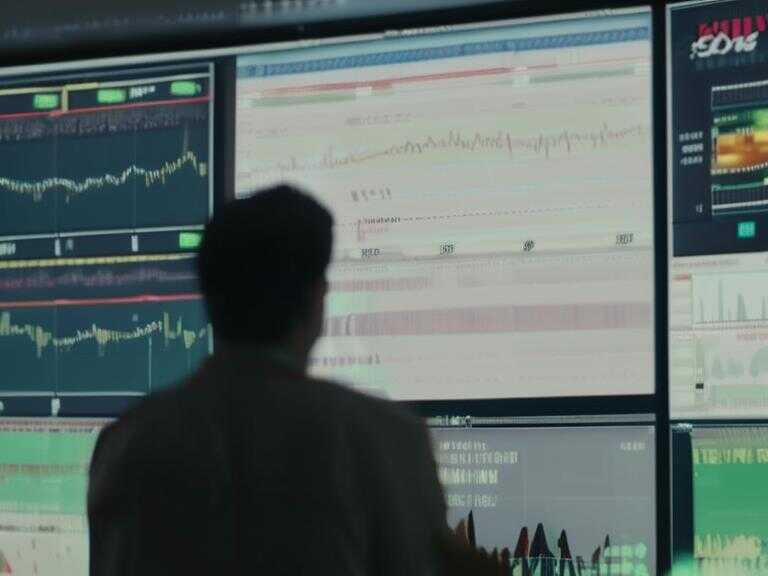
Nvidia Shares Plummet 26% Amid Blackwell Chip Delay; Support and Resistance Levels Analyzed
Nvidia shares, after a 6% drop, face delays in Blackwell chips, hovering between key support and resistance levels amid market volatility.

In the evolving world of semiconductors and technology, few companies have commanded as much attention as Nvidia. The recent challenges faced by Nvidia, particularly with the delay of its Blackwell chips due to design flaws, have sent ripples across the stock market, with its shares dropping by over 6% in a single day.
Impact of Blackwell Chip Delay on Nvidia's Stock
The reported delay of Nvidia's highly anticipated Blackwell chips has raised concerns among investors and analysts alike. The delay, attributed to design flaws, is expected to set back the company's plans by at least three months. As a result, Nvidia's shares have experienced a significant downturn, reflecting the market's reaction to this setback.
The drop in Nvidia's share price is particularly notable given its previous record close and the 26% decline from that peak. This stark decrease has prompted investors to reassess the company's position in the market, especially in light of the broader challenges faced by the tech sector, including tightening export curbs with China and concerns over elevated valuations.
Performance on the Stock Market
Nvidia's stock performance is at a critical juncture, with the shares closing above the key $97 support area. However, this position is precarious, as it lies halfway between the 50-day and 200-day moving averages. The stock's recovery from its session lows on Monday shows some resilience, but the market's volatility continues to pose challenges for the chipmaker.
In the premarket trading session, there was a slight rebound, with Nvidia's shares gaining 3.4% to reach $103.90. Despite this uptick, the stock's future trajectory remains uncertain, influenced by a multitude of external factors.
Technical Analysis: Key Support and Resistance Levels
As investors closely monitor Nvidia's stock performance, several key support and resistance levels emerge as crucial points to watch. If the $97 support area fails to hold, investors should brace for potential declines toward $75, just below the 200-day moving average. A breakdown below this level could trigger further selling pressure, with $51 as a potential target, where the stock has previously found support.
On the other hand, if Nvidia's shares manage to hold above the $97 level, attention shifts to the potential overhead selling pressure around the $116 and $136 levels. A sustained rally above these levels could signal renewed buying interest and provide a much-needed boost to investor sentiment.
The Broader Implications for Nvidia
The challenges faced by Nvidia with the Blackwell chip delay and subsequent impact on its stock performance extend beyond immediate financial metrics. They also reflect the broader challenges and uncertainties inherent in the fast-paced and highly competitive technology landscape. As the company navigates through these turbulent waters, its ability to effectively communicate its strategy and mitigate the impact of external factors will be critical in restoring investor confidence.
Share news















